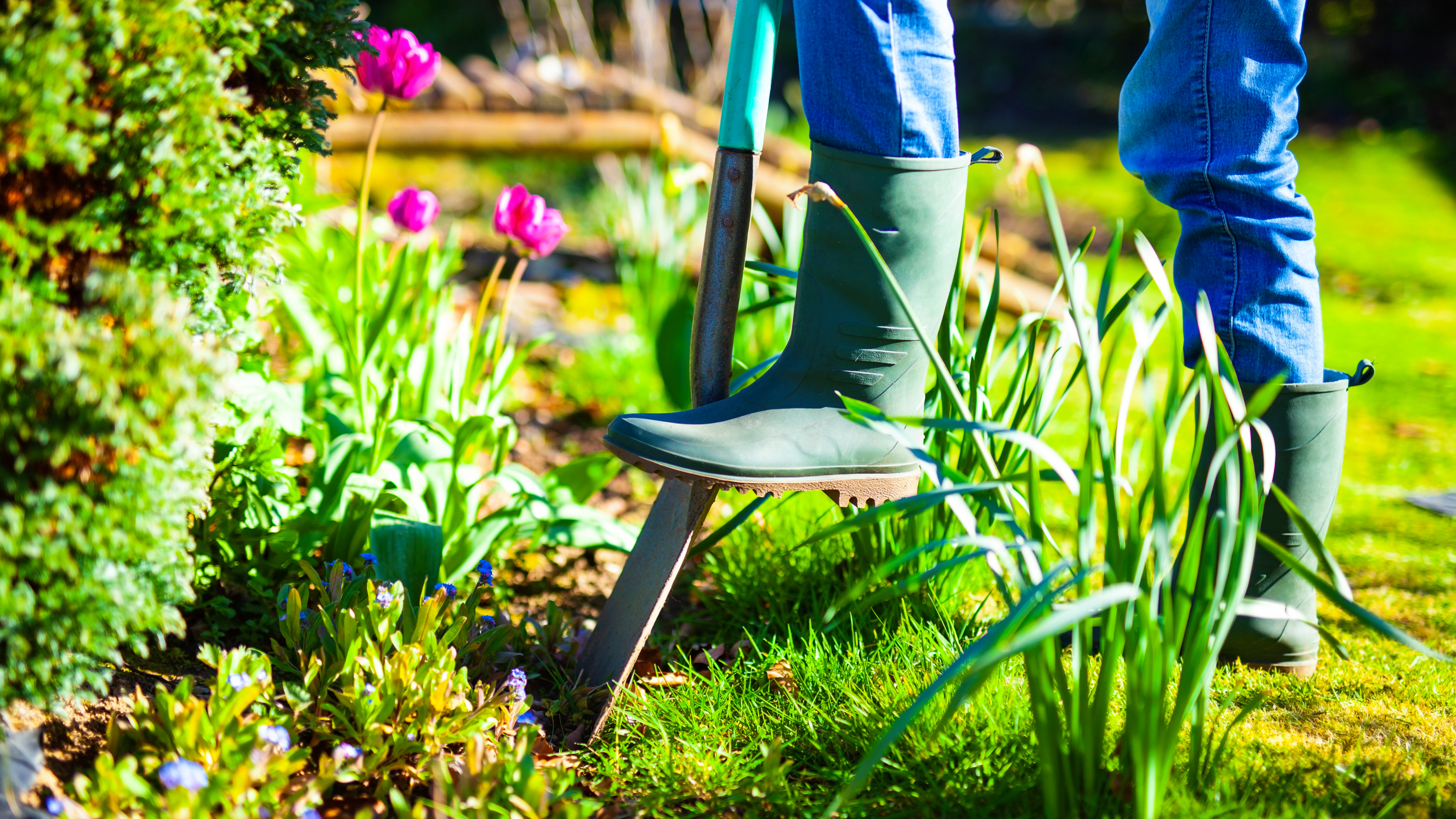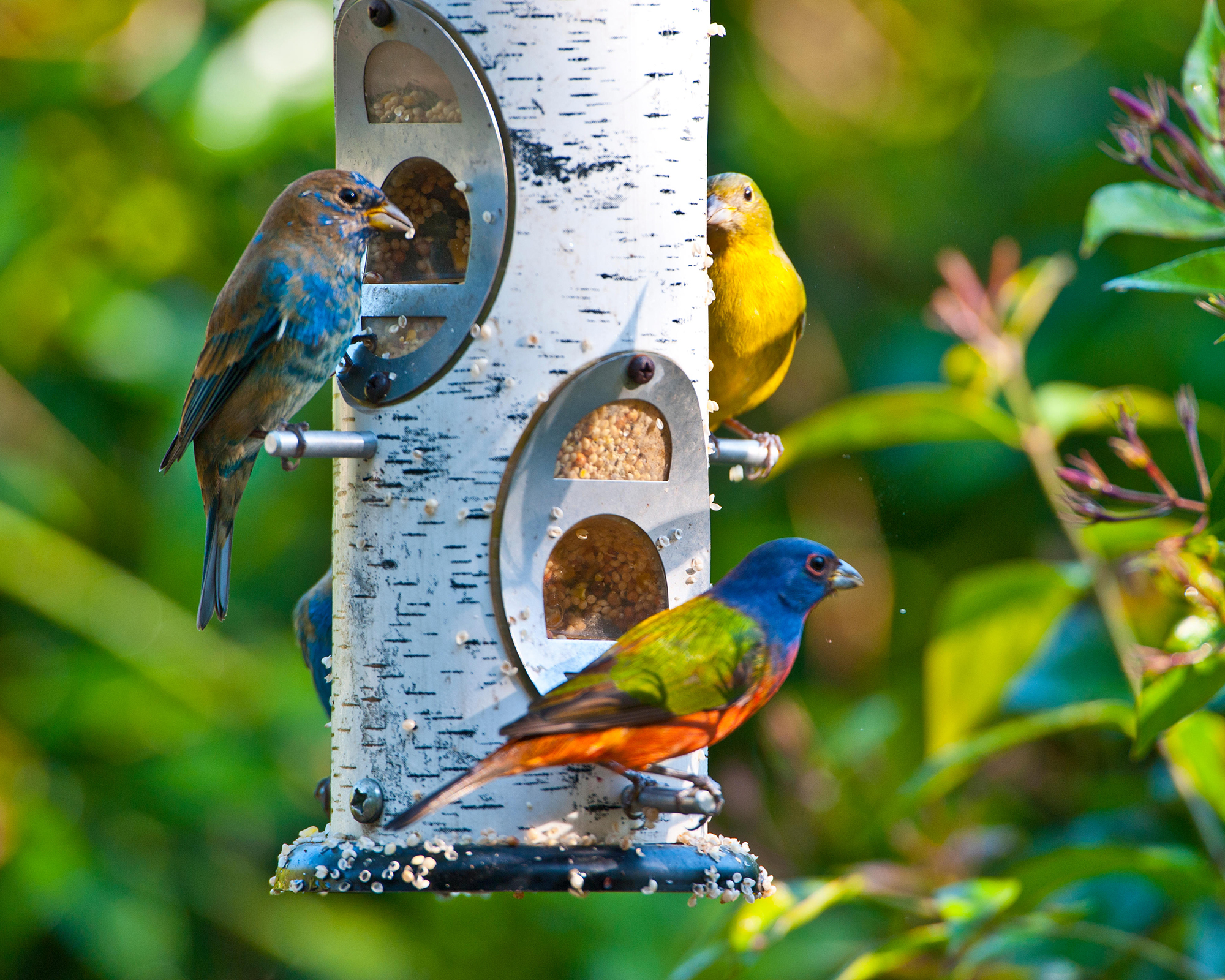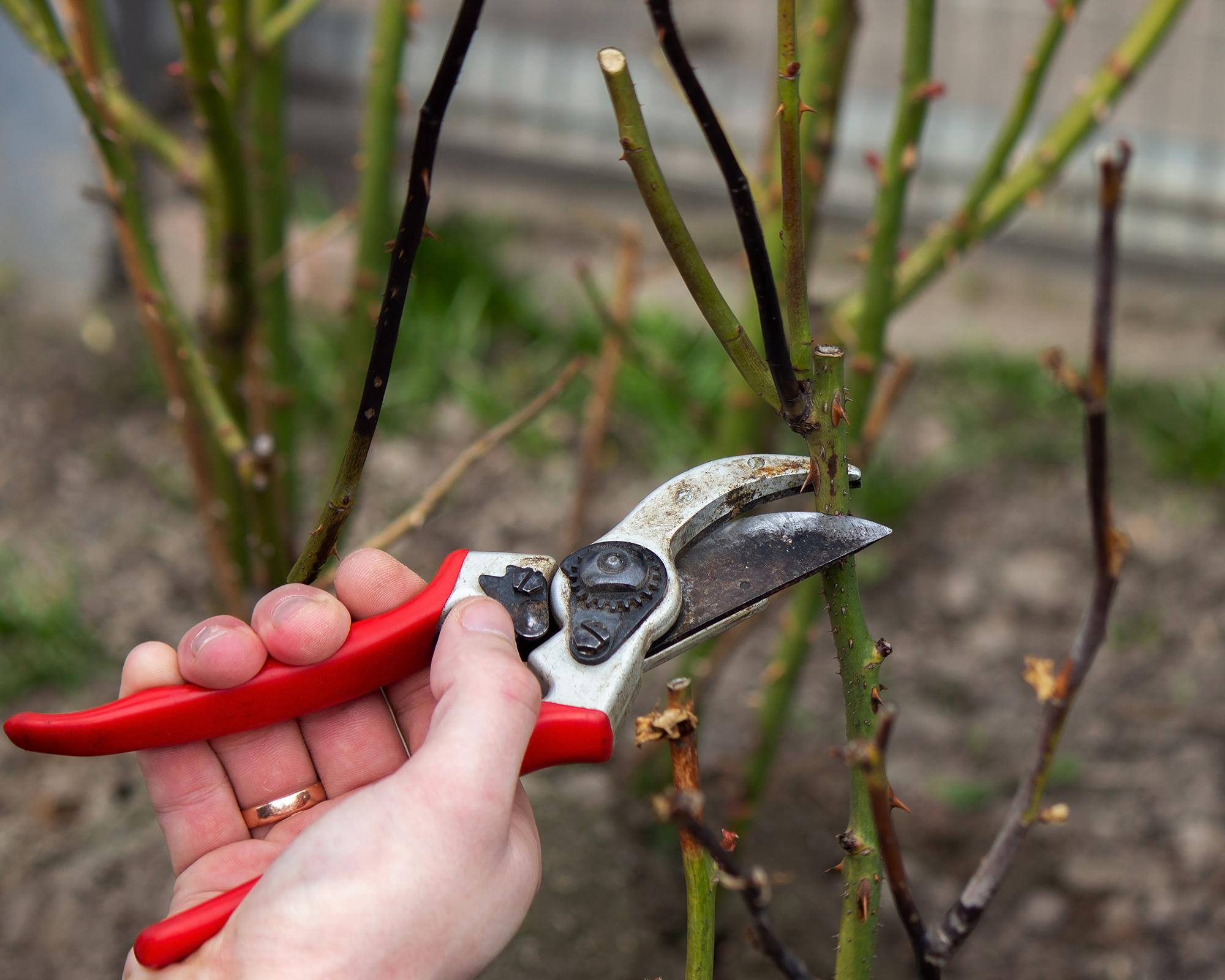Spring Garden Checklist - Must-Do Garden Tasks For Spring
Spring is a busy time in the garden. But what should you do first? Here are the top tasks for your spring garden checklist.

As temperatures warm, the garden beckons. It’s time to work on your spring garden checklist. Spring garden chores vary somewhat from region to region but once the soil has warmed and dried somewhat it is time to tackle a general spring checklist of chores. Garden tasks for spring wait for no man so get out there and get going.
What Should Be on Your Spring Garden Checklist?
While it is a fact that a spring garden checklist may vary from region to region due to weather and temperatures, there are some tasks everyone should undertake.
Spring garden chores include general maintenance, propagation, fertilizing, and getting a jump on handling pests and weeds. Spring is also a great time to plant bare root trees and plants.
If It's Too Early to Start Gardening
Depending upon your area, the ground might be particularly boggy. If this is the case, it is advisable to avoid mucking about in the dirt since you run the risk of compacting. It is better to wait until the soil is damp. If you absolutely need to walk on the sodden soil, use stepping stones or lay planks out to walk on.
In the meantime, you can do some general detritus cleanup. There will almost always be twigs, branches, leaves or needles to clean up.
Another early spring garden chore, if you haven’t done it already, is to clean up your garden tools. Clean, sharpen, sanitize and then lightly oil pruners to get them ready for one of the earliest garden tasks for spring: pruning.
Another item on the spring garden checklist should be to eliminate any standing water and to clean up water features. This means dumping flower pots filled with water, cleaning out water features and bird baths. While you are at it, don’t forget to clean bird or other animal feeders.
Gardening tips, videos, info and more delivered right to your inbox!
Sign up for the Gardening Know How newsletter today and receive a free copy of our e-book "How to Grow Delicious Tomatoes".

Also in the interest of sanitation is to repair or re-mulch paths. This will give you a “clean” walkway so you aren’t traipsing mud around.
Inspect your irrigation system. Does it need new emitters or sprayers? Are there any leaks that need attending to?
Top Spring Gardening Tasks
The weather has warmed up and you are itching to go outside and work in the garden, but which spring garden chores should you tackle first?
After you have gathered any broken branches and twigs, lightly rake around areas of blooming bulbs to allow them to break the soil surface without having to go through a bunch of other detritus. Rake out detritus from around early bloomers such as peonies and daylilies at this time as well.
Then it is time to grab those newly cleaned pruning shears. Heavy pruning should have already been done, but there will likely be broken branches and twigs that should be dealt with. Now is also a good time to cut back the spent rose canes. Then it is time to trim perennials. But be careful, many will already be flush with new growth.

Then it’s time to get your hands dirty and plant summer blooming bulbs. Start begonias indoors along with warm weather crops such as tomato. Outside, direct sow cool weather crops like greens, peas, radishes, beets, carrots and leeks.
Other Spring Gardening Chores
Fertilize roses and citrus and other spring bloomers such as azaleas, camellias and rhododendrons once they have bloomed.
Apply compost or another nitrogen rich organic food around trees, shrubs and perennials which will help slow weeds and retain water as spring showers subside. Keep the mulch away from the trunks of the plants to avoid fungal disease.
Prune ornamental grasses down to 8-12 inches (20-30 cm.) in height before new growth starts.
It isn’t just you who is in love with spring weather. Warmer temperatures bring out pests and encourage weed growth. Pull weeds before they can set seeds. Handpick snails and slugs or set bait.

Amy Grant has been gardening for 30 years and writing for 15. A professional chef and caterer, Amy's area of expertise is culinary gardening.